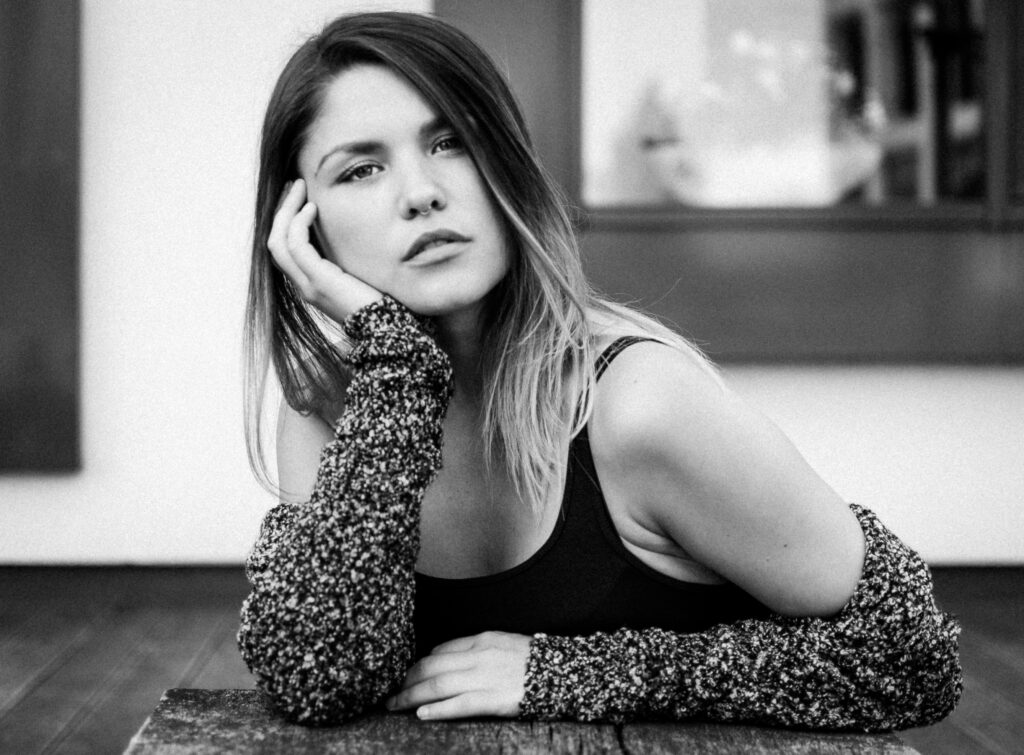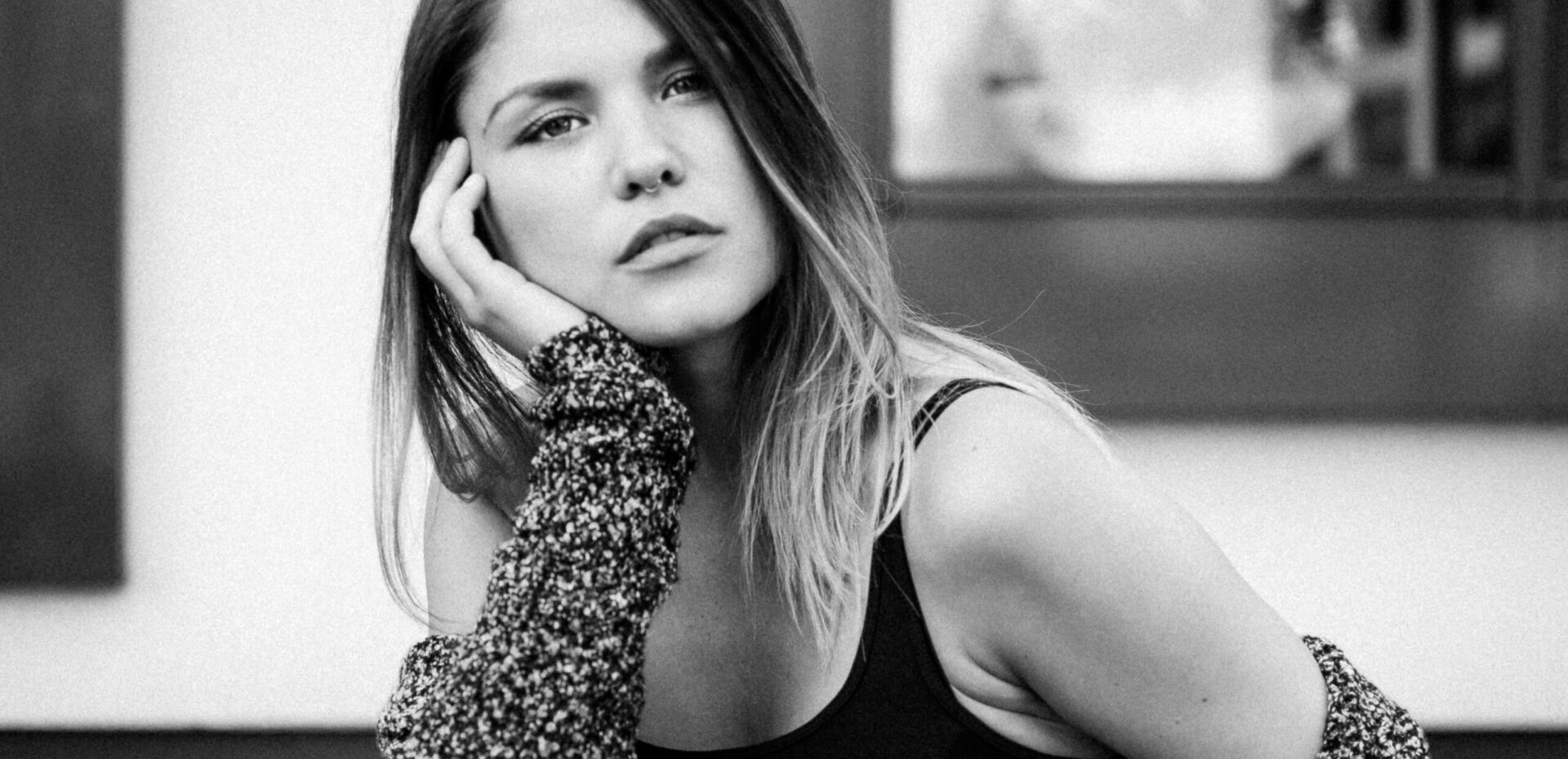There’s something undeniably special about the 50mm lens. It doesn’t just capture an image—it captures a feeling. A whisper of closeness, a touch of intimacy, the perfect balance between presence and mystery.
Unlike the 35mm, which sees too much—dragging in the world around the subject, adding chaos and distraction—the 50mm knows restraint. It frames just enough, drawing the eye where it matters, shaping a story without excess noise.
And then there’s the 85mm—elegant, beautiful, but distant. It flatters, yes, but it observes from afar, keeping the subject at arm’s length. The 50mm doesn’t. The 50mm lets you step closer—not too far, not too near, but just enough to breathe in the moment.
It’s the lens of seduction, of tension, of unspoken words between light and shadow. A curve traced in soft focus, a glance caught in just the right depth of field—sharp where it needs to be, melting into bokeh where the imagination takes over.

This is why I love the 50mm for portraits. It allows for connection. It makes you feel the subject, not just see them. Whether it’s the play of light on bare skin, the softness of a gaze, or the delicate interplay of fabric and form, this focal length has the power to turn a photograph into something sensory, almost tangible.
A portrait should be more than just an image. It should be an invitation. And with a 50mm lens, the door is always just slightly ajar.
